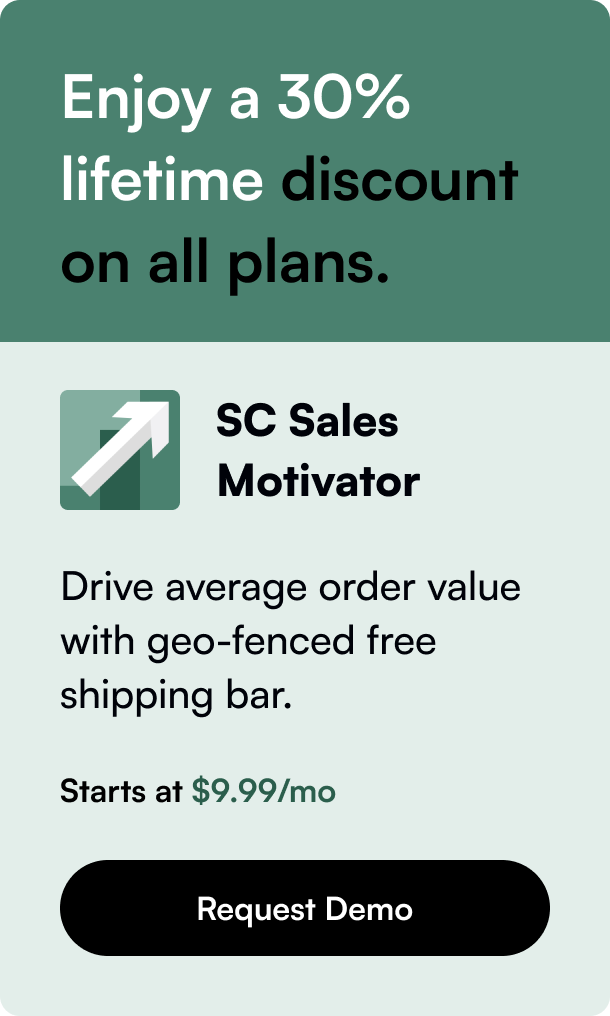Table of Contents
- Introduction
- Why Choose Dropshipping on Shopify?
- Finding Your Niche: The Foundation of Your Dropshipping Success
- Curating a Winning Product List
- Crafting Your Shopify Storefront
- Marketing Your Dropshipping Store
- Navigating Challenges and Scaling Your Business
- Conclusion
- How to Start Dropshipping FAQ
Introduction
Have you ever dreamed of running a successful online business but found yourself held back by the significant investment required for inventory? Or perhaps you're intrigued by the idea of e-commerce but unsure where to start. Enter the world of dropshipping on Shopify—a lucrative avenue that has empowered countless entrepreneurs to venture into online retail with minimal upfront costs. This blog post aims to demystify the process of starting a dropshipping business on Shopify, serving as your ultimate roadmap. From selecting a niche to securing your first sale, we'll explore every step required to launch and grow your dropshipping store. So whether you’re a budding entrepreneur or seeking to expand your online business repertoire, this comprehensive guide is tailored just for you.
Why Choose Dropshipping on Shopify?
Dropshipping stands out for its low entry barrier and simplicity. Unlike traditional retail, it allows you to sell products without holding any inventory. When a customer places an order in your Shopify store, the product is directly shipped from the supplier to the customer—meaning you don't handle the product directly. This model significantly reduces the overhead costs and risks typically associated with starting an e-commerce business. Shopify, renowned for its user-friendly platform, amplifies this ease by offering seamless integration with numerous dropshipping apps. Thus, it serves as an ideal platform for launching your dropshipping venture.
Finding Your Niche: The Foundation of Your Dropshipping Success
The first crucial step in setting up your dropshipping business on Shopify is selecting a niche. The perfect niche should be a fusion of your passion, market demand, and profitability. Here’s how you can zero in on the right niche for your store:
- Research: Utilize tools like Google Trends and social media platforms to discover trending products and services.
- Analyze the competition: A healthy level of competition can validate demand. Study competitors to identify gaps you can fill.
- Consider profitability: While passion is important, your chosen niche should have the potential to be profitable. Look for products with a good markup potential.
Curating a Winning Product List
Having chosen your niche, the next step is to curate products that resonate with your target audience. Opt for products that solve a problem, fulfill a need, or cater to a hobby or passion. Leveraging tools like AliExpress can offer insights into popular products with high ratings and reviews. However, remember, quality and reliability from your suppliers are key to building a trustworthy brand.
Crafting Your Shopify Storefront
Your Shopify store is more than just a place to list your products; it's the digital embodiment of your brand. Focus on designing a storefront that’s inviting, navigable, and reflective of your brand ethos. Invest time in:
- Choosing the right theme: Shopify offers a variety of themes that can be tailored to fit any niche.
- Creating high-quality content: From product descriptions to compelling blog posts, content can significantly enhance your store's appeal.
- Optimizing for SEO: Ensure your store ranks higher on search engine results by optimizing your site’s SEO.
Marketing Your Dropshipping Store
With your store set up, it's now time to attract customers. Successful marketing strategies for a dropshipping business can include:
- Social Media Marketing: Utilize platforms like Instagram and Facebook to reach your target audience through both organic and paid campaigns.
- Email Marketing: Keep your customers engaged with regular updates, promotions, and personalized offers.
- Influencer Collaborations: Partner with influencers in your niche to tap into their follower base and drive traffic to your store.
Navigating Challenges and Scaling Your Business
Dropshipping, like any business model, comes with its own set of challenges—from finding reliable suppliers to managing customer expectations regarding shipping times. It’s vital to continually research and adapt your strategies to overcome these hurdles. As your business grows, explore opportunities to expand your product range, enter new markets, or refine your marketing tactics to scale your business further.
Conclusion
Starting a dropshipping business on Shopify can be a rewarding venture if approached with diligence, creativity, and persistence. By following this guide, you’re equipped with the foundational knowledge needed to embark on this exciting journey. Remember, the key to success lies in understanding your customers, continuously optimizing your store, and staying abreast of e-commerce trends. So why wait? Your dropshipping success story starts now.
How to Start Dropshipping FAQ
Q: How much does it cost to start dropshipping on Shopify? A: The initial cost can vary, but you will need to account for the Shopify subscription fee and any expenses related to marketing and purchasing domain names.
Q: Can I dropship on Shopify without a subscription? A: No, you need a Shopify subscription to create and run your dropshipping store on the platform.
Q: How long does it take to see profits from a dropshipping business? A: It can vary greatly depending on various factors such as niche selection, marketing efforts, and product demand. Some stores may see profits within a few months, while others might take longer.
Q: Is dropshipping on Shopify legal? A: Yes, dropshipping is a legal business model. However, it's crucial to ensure that you're partnering with reputable suppliers and selling products that comply with legal standards in your target markets.








